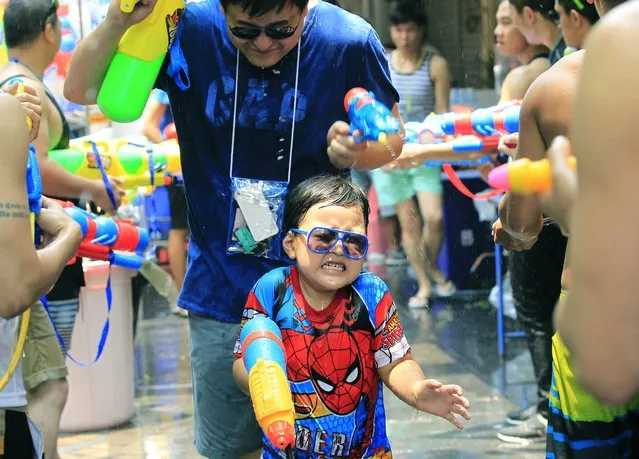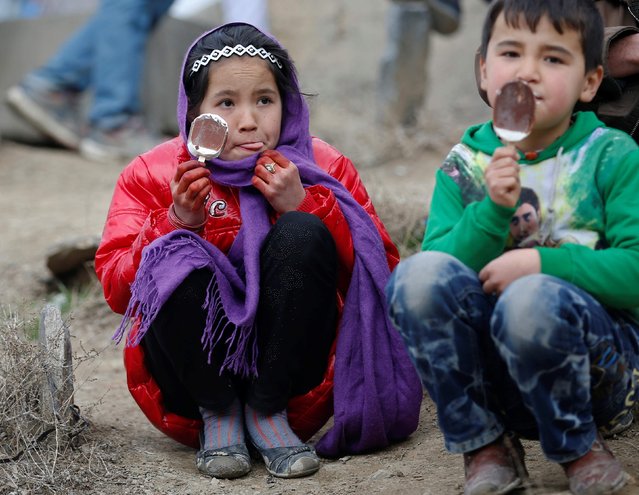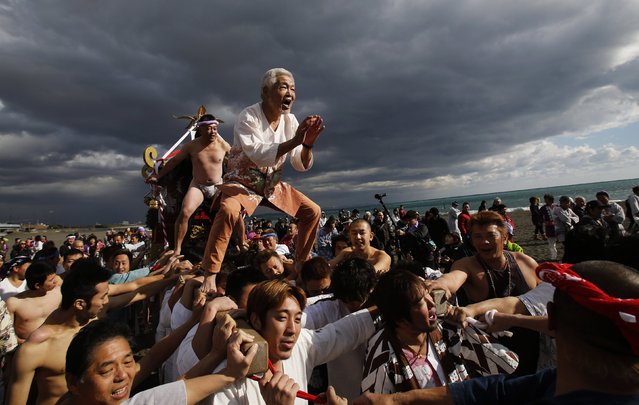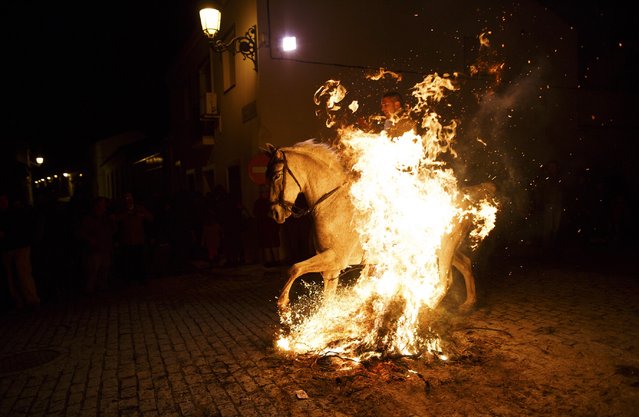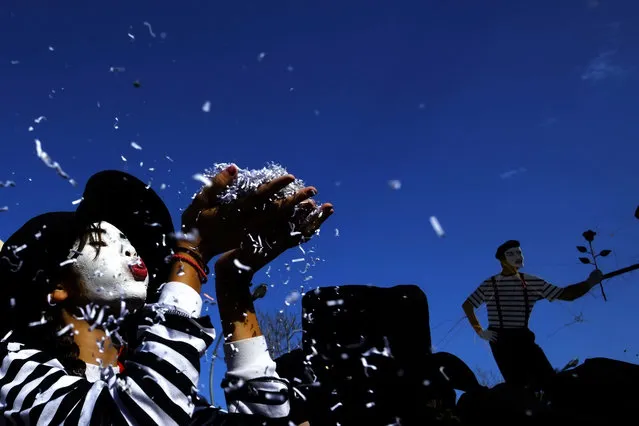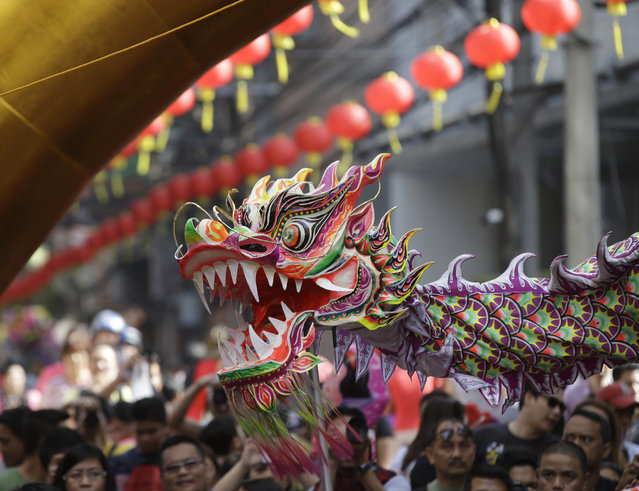
People watch dragon dance performance in front of a business establishment in celebration of Chinese New Year at Manila's Chinatown district of Binondo, Philippines, Friday, January 31, 2014. (Photo by Bullit Marquez/AP Photo)
03 Feb 2014 11:10:00,post received
0 comments

